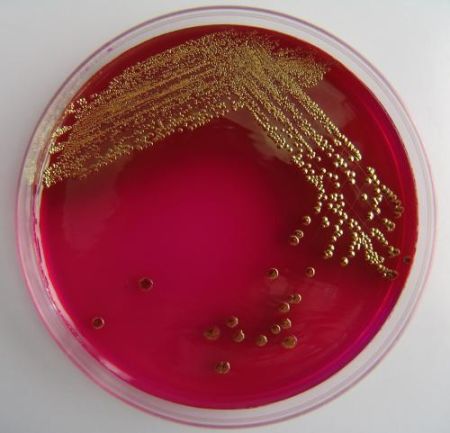Efforts to develop better and stronger treatments against diseases continue in Europe, with particular emphasis being placed on fighting human pathogens and strains resistant to existing treatments. Scientists in the United Kingdom have identified genes in the bacterium Methicillin-resistant Staphylococcus aureus (MRSA) that could help the superbug survive despite being hit by antibacterial agents. Their discovery, presented in the journal BMC Systems Biology, could lead to new drugs capable of defeating the MRSA's defence systems. The research was funded in part by the RSE-IRAS ('Royal Society of Edinburgh International research awards scheme') project, which received a Marie Curie Actions 'Co-funding of Regional, National and International Programmes (COFUND) grant worth more than EUR 905 000 under the EU's Seventh Framework Programme (FP7). The Scottish government is the principal funder for four of the five years of the fellowship.
In order to better understand how MRSA can fight off antimicrobials and survive, the researchers from the Medical Research Council (MRC) Human Genetics Unit, the University of Dundee, the University of St Andrews and St George's University of London in the United Kingdom developed a gene map and discovered ties between 95 % of MRSA genes. According to the team, they believe that 22 genes that assist MRSA in causing disease could be 'used' to beat MRSA at its own game. For instance, they identified the gene ftsH as a potential weak point for MRSA.
Ranalexin, an antimicrobial agent, was evaluated by the team for the study. Ranalexin kills MRSA. The team performed laboratory tests and computer analysis on MRSA to discover that Ranalexin weakens the bacterial cell wall and membrane. This new information could lead to the development of combination therapies, they say.
In the United Kingdom alone, MRSA infection contributed to the deaths of 781 people in 2009, representing nearly a third of deaths involving Staphylococcus aureaus compared with 51 deaths in 1993. It should be noted, however, that the proportion of MRSA infections in 2009 was below the 82 % peak recorded in 2008.
Experts say hospitals are the areas where the proportion of people infected by MRSA is higher because of the increased number of cases found there. MRSA can be carried by people for as little as a few hours and up to several weeks or months. Meanwhile, people may not be aware they are carriers because no symptoms emerge and the bacteria do not harm them.
Commenting on the results of the study, lead author Dr Ian Overton of the MRC Human Genetics Unit says: 'Multidrug resistant Staphylococcal infections such as MRSA are a worldwide problem and strains resistant to existing treatments continue to emerge. The development of new drugs is therefore important. Our network biology approach has given insights into how Ranalexin works to kill MRSA and helped us to understand more about how infections may develop. This knowledge contributes towards new strategies for treating MRSA.'
For his part, MRC Human Genetics Unit Director Professor Nick Hastie, says: 'This work is a fine example of the relationship between analysing the fundamental processes which help infections to take hold and exploiting this knowledge to improve drug treatments.'
Source: cordis.europa.eu























